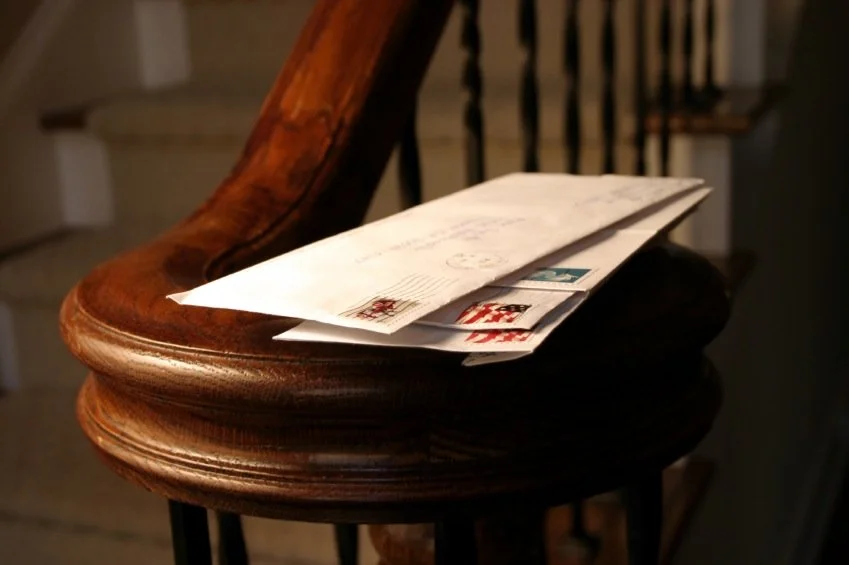4 Benefits of Direct Mail Marketing
Sure, we're in the digital age, but the direct mail marketing industry is alive and well.
The Direct Marketing Association reports that in 2013, businesses spent $17.7 billion on catalog mailers and $33.4 billion on non-catalog mailers. Businesses that focus entirely on digital marketing miss out on the excellent response rate that direct mail earns; direct mail marketing enjoys a 4.4 percent response rate, blowing email's 1.2 percent response rate out of the water.
Of course, successful marketers know that integrating digital and traditional direct marketing delivers the best top and bottom line numbers. Channel integration hits more customers and prospects than reliance on narrow channel focus.
Direct mail isn't just for large businesses with deep pockets, either. Consider the benefits of direct mail marketing, and add a mailing as part of your business' multichannel marketing effort.
Every Door Direct Mail
The U.S. Postal Service offers an "Every Door Direct Mail" (EDDM) service, which is a fairly self-explanatory.
You pick a particular carrier route or zip code, and your mailer is sent to every house within that area. It may seem too untargeted to be effective at first glance, but research into the general demographics of the area you send your mailing to makes it an effective way to reach the consumers you want to get your message to. When you're starting up a small local business, EDDM builds brand awareness, even if you have some untargeted households in the mix.
Another advantage of EDDM is the discounted postage rates. Pieces are sent out for as little as 14.9 cents per piece. When you don't have the bulk volume to access other types of discounted postage, this gives you a good break for your marketing budget.
EDDM does have some negatives you should consider when comparing it to solo direct mail using standard mail rates as outlined in this post:
The Pros and Cons of Every Door Direct Mail (EDDM)
.
Tangible Advertising
An email is deleted with a single click, and banner ads can be blocked before a consumer even sees them. Direct mail, on the other hand, is a physical advertisement that the consumer sees and holds in his hand. Direct mail grabs a consumer's attention with an eye-catching message or a unique mailer that sets itself apart from the rest of the mail.
Limited-Time Offers
Afraid your customers won't see a limited-time offer or special in their email? Instead of wondering if your message gets lost in the spam filters, send coupons and other limited offers through direct mail. You encourage them to come into your store or go to your website, and a coupon or special offer gives them a time frame to act on your call to action.
Direct Mail Doesn't Mean Low Tech
Leverage technology to lift the response of your direct mail. One example includes QR codes. Insert it next to your call to action so your customers don't have to work to act on it. The respondent simply scans the code and goes right to your website for more information. You can't fit every piece of information possible on the mailer, but when you add a QR code that points to your website, you can cover any question they might have.

